Introduction

In 2024 Laowa released their first AF lens, the Laowa 10mm 2.8 AF. Now 10mm is extremely wide, maybe too wide for some, so in mid 2025 they added a 12mm lens with AF to the lineup. Let’s have a look together at this Laowa 12mm 2.8 AF.
Sample Images
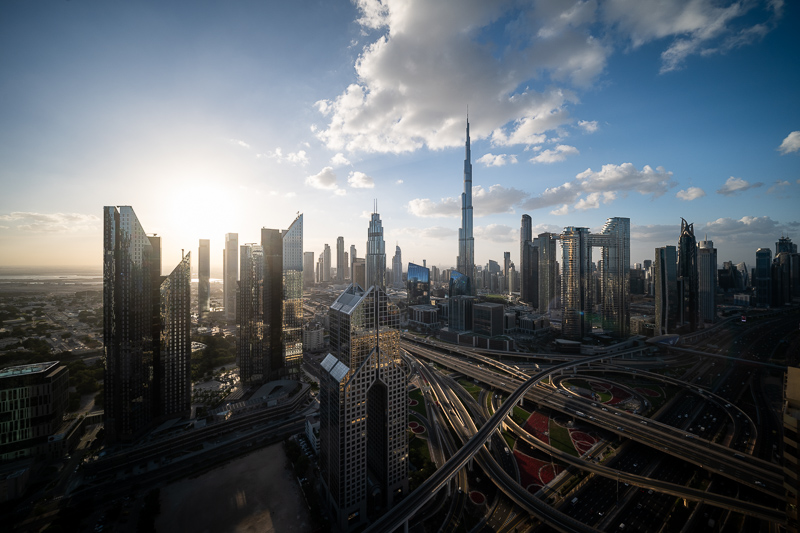
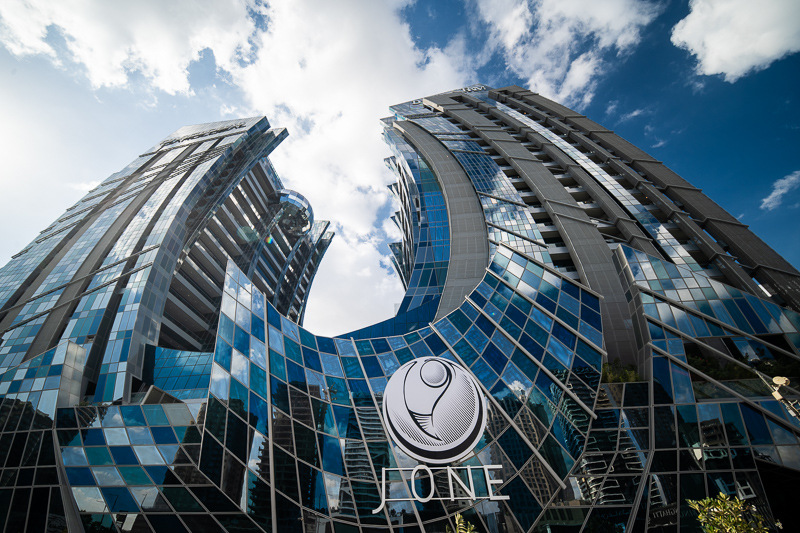
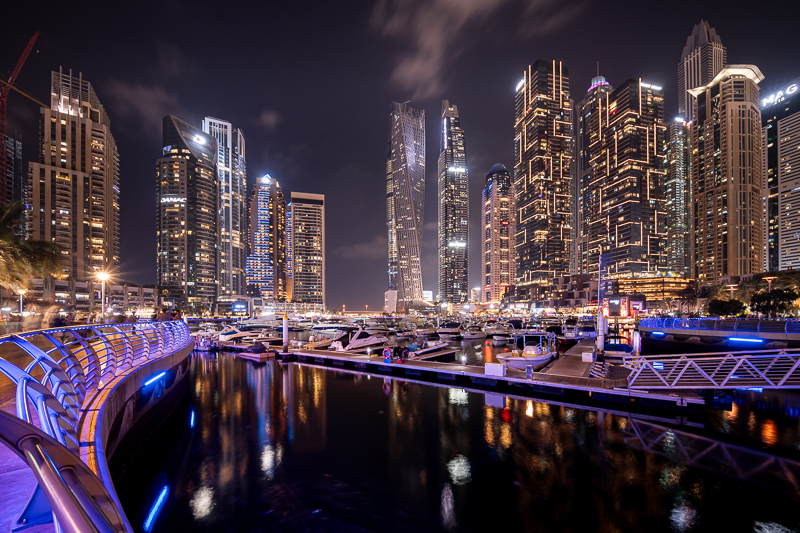

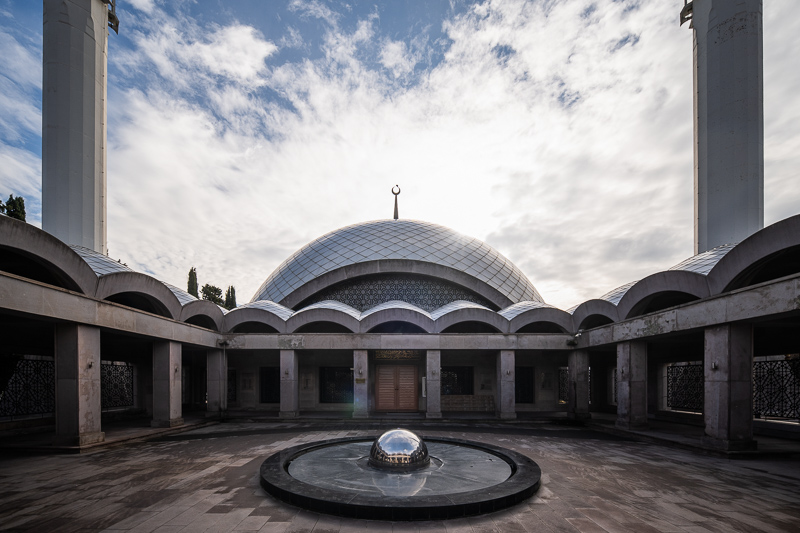

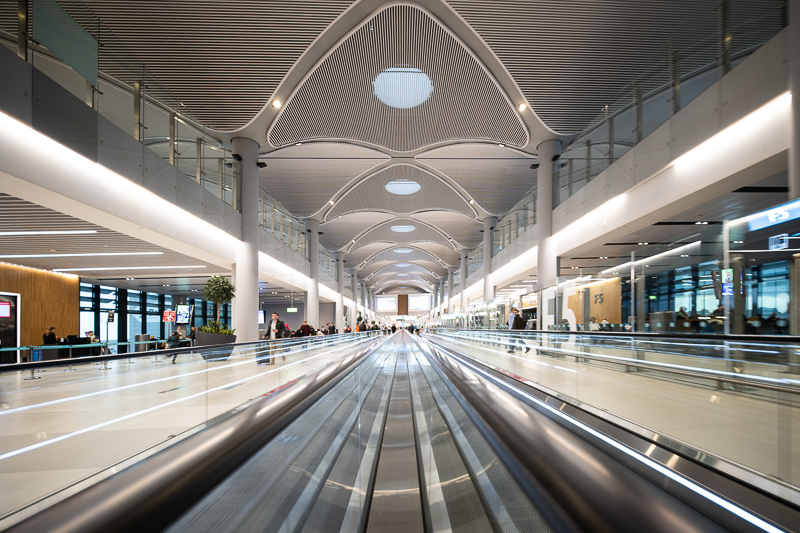
Many of the Sample images in this review can be found in full resolution here.
Contents
Specifications / Version History
This is already the second 12mm 2.8 lens from Laowa. The first Laowa 12mm 2.8 was still designed for DSLRs (it could be used with any normal adapter or the Magic Shift Adapter on mirrorless cameras as well), whereas this new version has been designed for mirrorless cameras from the ground up. For this review I first received the manual focus Cine version and later the AF version for E-mount. This E-mount AF version has the following specifications:
-
- Diameter: 77 mm
- Field of view: 122° (diagonally)
- Length: 79 mm
- Weight: 379g (without hood[27g], without caps)
- Filter Diameter: 72 mm
- Number of Aperture Blades: 5 (straight)*
- Elements/Groups: 16/9
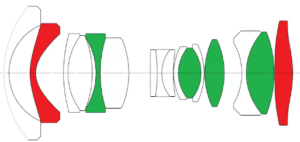
- Close Focusing Distance: 0.14 m
- Maximum Magnification: 1:5.0 (measured)
- Mount: Sony-E, Nikon-Z, Canon RF, L-mount
*The Z and E AF versions feature 5 straight aperture blades. The MF versions feature 14 rounded aperture blades.
buy from the manufacturer’s homepage | ebay.com | ebay.de | amazon.com | amazon.de | B&H (affiliate links) for $699
Disclosure
At the end of 2024 I received an early sample of the Cine version of this lens and shortly prior to the release I received a final production model of the AF version. The optical design of these two lenses is identical.
Handling / Build Quality
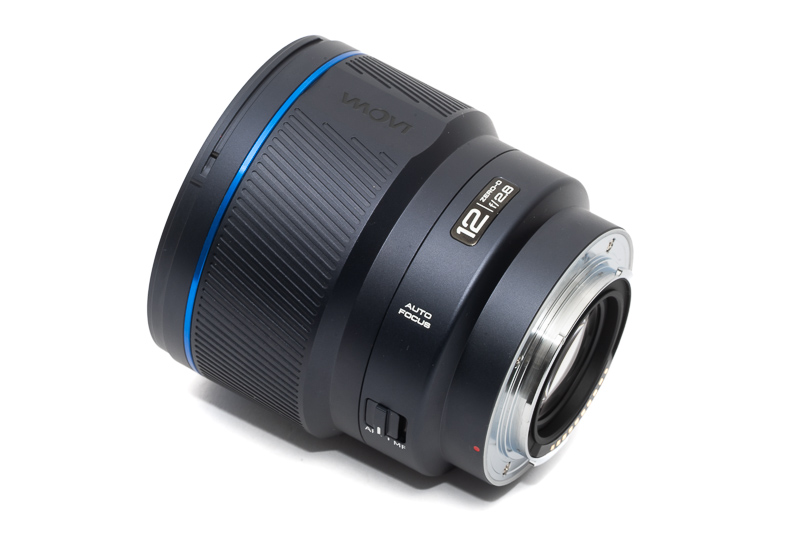
This 12mm 2.8 features the same metallic dark grey casing design as the Laowa 10mm 2.8 AF before.
The focus ring is also the same, again featuring two bumps with a Laowa logo. Another unique design element. For an AF lens the ring is well dampened and it takes 180° from the minimum focus distance to infinity – similar to Sony’s GM lenses. The lens does also feature an AF/MF-switch on the left side.
The E-mount version does not feature an aperture ring, you set the desired aperture in camera.
The lens also features a rubber gasket at the rear bayonet which some people think helps with keeping the sensor clean of dust and others think is mainly a marketing gag.
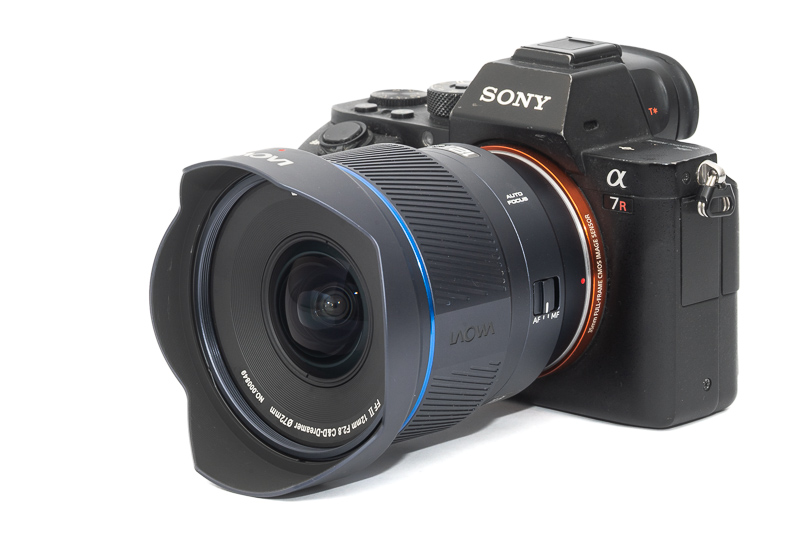
The hood is also removable, so theoretically you could use a filter system as well. I don’t have a 100mm system to tell you which combinations work here though.
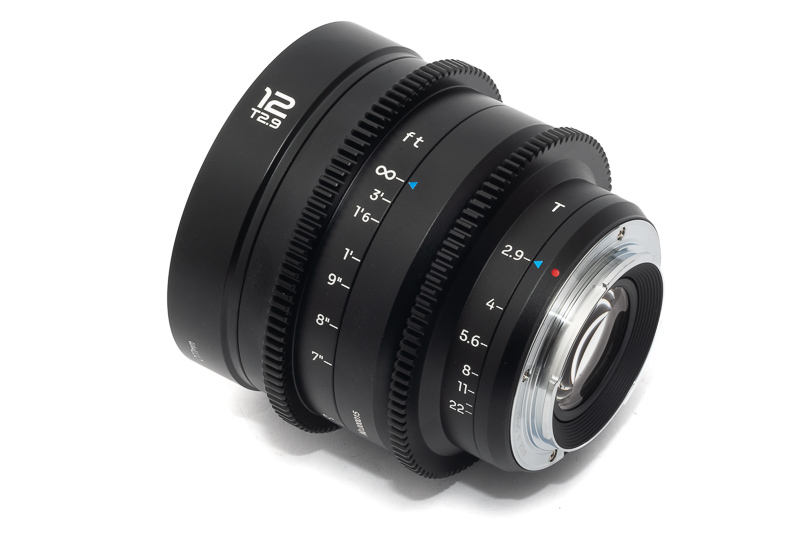
The Cine version features geared focus and aperture rings. The focus ring has a nice resistance, on the left side you can find a distance scale in feet and on the right side in meter. The aperture ring is clickless and features markings on both sides.
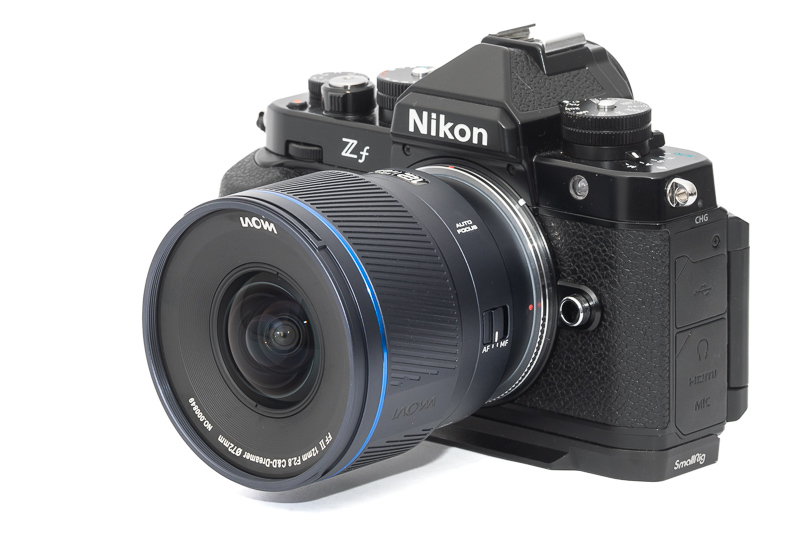
This lens is available for E, Z, RF and L-mount.
AF performance
I am not shooting sports or fast moving animals/humans so if you want to know if the lens is fast enough for this or how it compares to other lenses in this segment you may have to look for a different review with a more detailed assessment of this aspect.
In everyday use I found the AF to be perfectly usable and also nearly silent.
Vignetting
light falloff
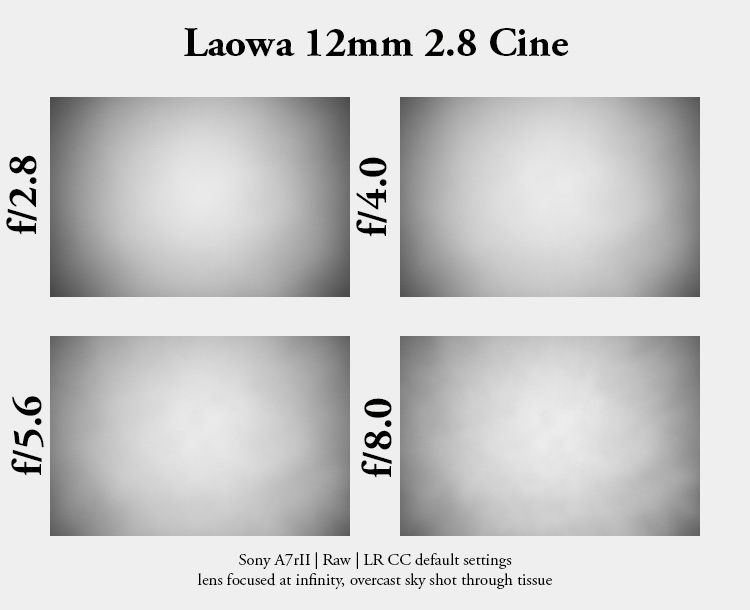
| f/2.8 | 3.2 EV |
| f/4.0 | 3.0 EV |
| f/5.6 - f/22 | 2.8 EV |
This 12mm 2.8 shows a little less vignetting than the Laowa 10mm 2.8 AF, which surely is welcome. Still, the small front element (allowing the use of standard filters) takes its toll and this new mirrorless version shows noticeably stronger vignetting than the older Laowa 12mm 2.8 for DSLRs with its bulbous front element.
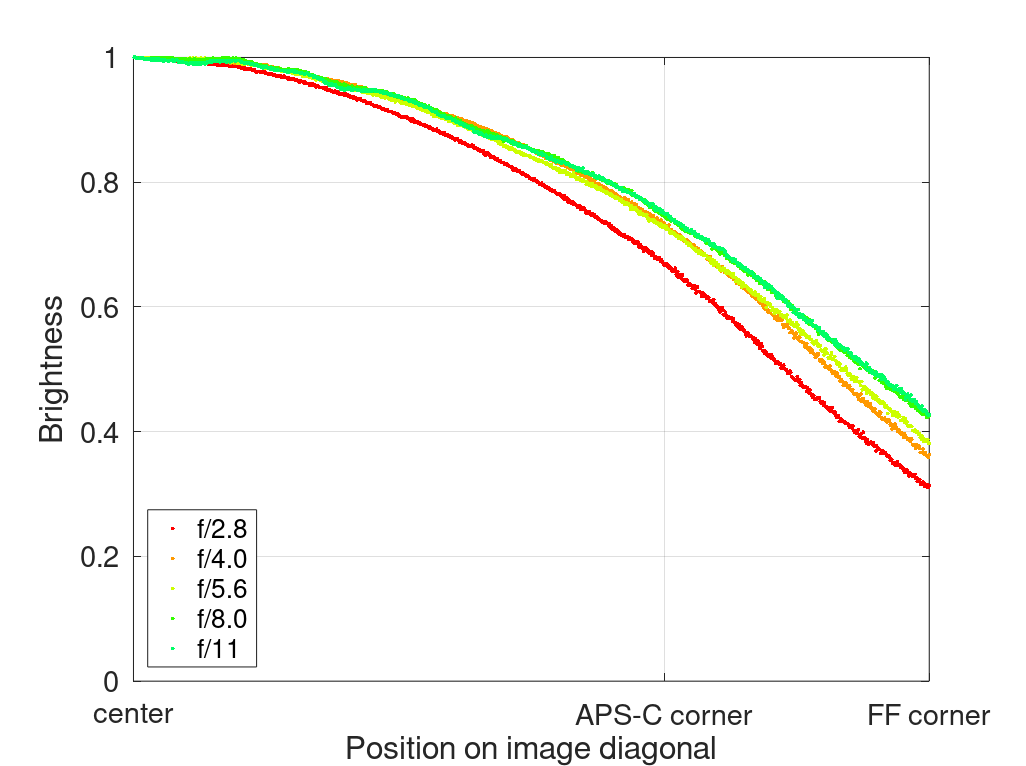
It is recommended to have a look at this article first to get an idea how this brightness graph works.
color cast
Some good news: while the Laowa 9mm 5.6 has noticeable color cast this Laowa 12mm 2.8 follows the footsteps of the Laowa 10mm 2.8 AF showing none that I would worry about. This is also a benefit over the older Laowa 12mm 2.8 for DSLRs, which also led to the corners taking on a green hue.
I did not feel the need to correct any color cast in post for the pictures you see in this review.
Sharpness
infinity (42mp Sony A7rII)
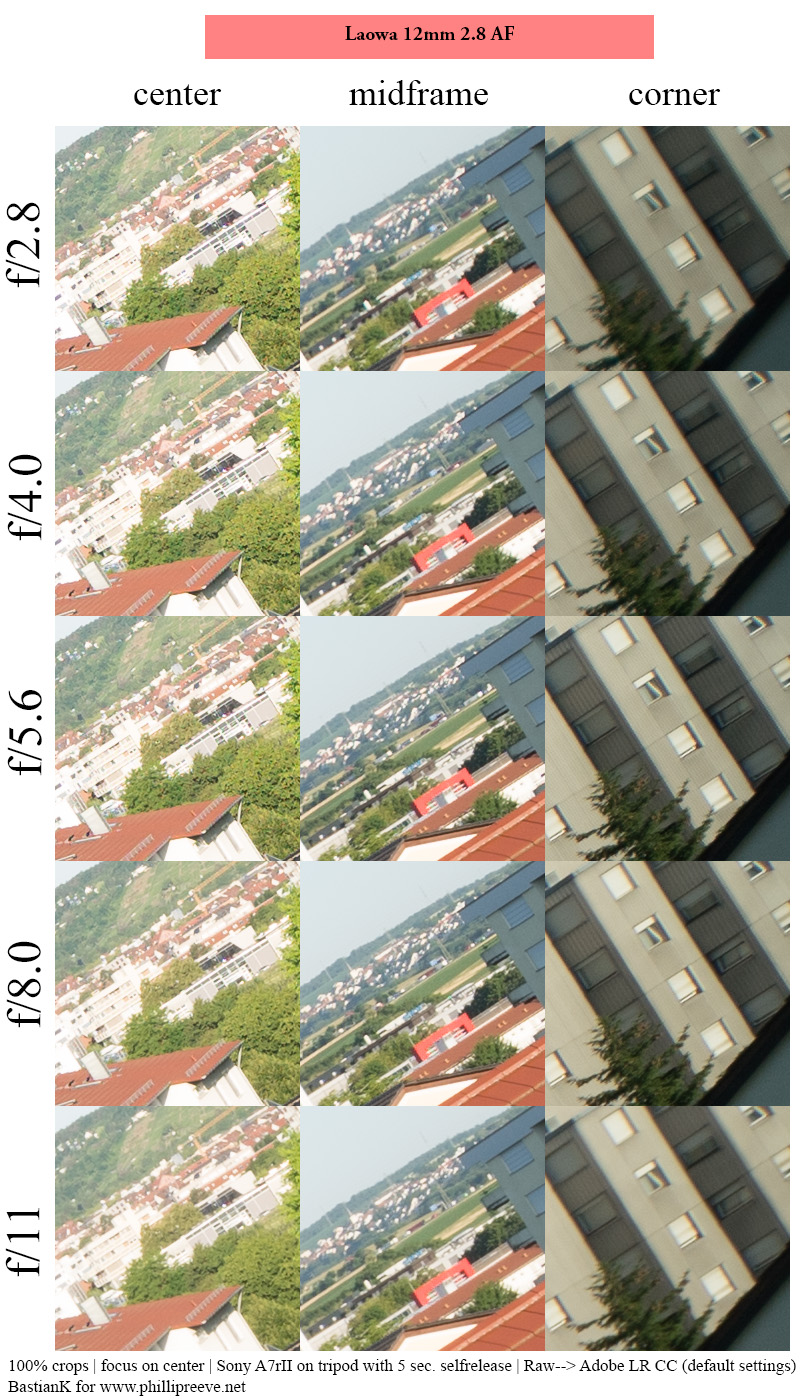

The center looks great from f/2.8 and I hardly see any midzone dip here. The corners surely benefit from stopping down though and look best at f/5.6. A performance similar to the Laowa 10mm 2.8 AF, slightly better maybe.
I took these pictures on an early summer morning, the f/8.0 and f/11 shots may look worse than the f/5.6 one due to slight heat haze.
close 0.14 m, 1:5.0 (42mp Sony A7rII)
100% crops from center, A7rII
Laowa is known for implementing very generous close focus distances in their ultra wide angle lenses and this is also the case here, as this 12mm lens focuses down to 0.14 m offering an impressive 1:5.0 magnification.
Because the lens is big itself you will very likely run into issues properly lighting your subject situated at the minimum focus distance though.
Distortion
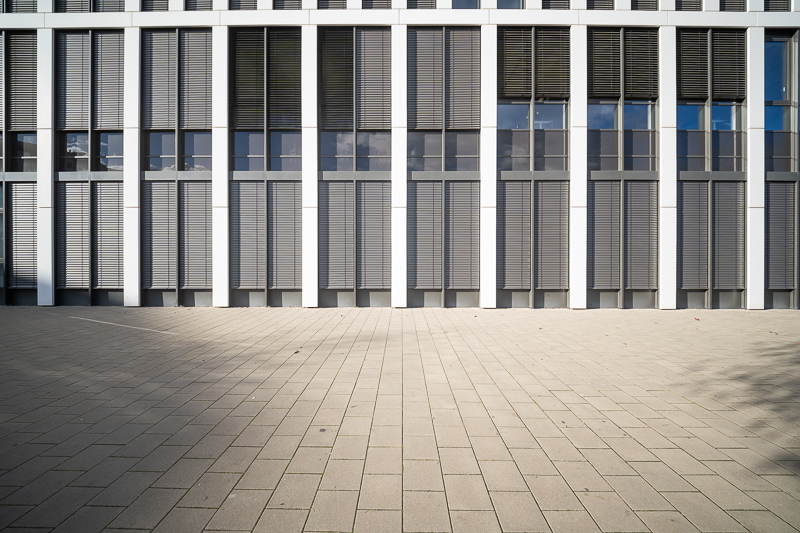
This 12mm 2.8 is part of Laowa’s “Zero-D” line. Not always does this mean that the distortion of the lens is non existent though, just that it is very low. As you can see from the picture above it is indeed low and I did not correct it for any of the sample pictures.
For architecture pictures with straight lines close to the edges you may still want to correct this. There is no profile available now, but you can of course always try to create one on your own.
Flare resistance
As always evaluating flare is a complex matter since you can get any lens to look bad if you push it hard enough and a slight change of scenario can affect results a lot.
With a lens as wide as 12mm you will often encounter situations where you find strong point light sources inside and/or outside the frame. We will first have a look at the performance at f/2.8 and then at f/11.
Actually, at f/2.8 I see a pretty good performance here, as we can only see some minor ghosts when looking closely. With the sun in the very corner of the frame we can create huge veiling flare which is the case for most lenses. This can easily be avoided by slightly reframing.
Stopped down we can see more artefacts, especially ghosts on the opposite side of the light source and for various positions.
All in all the performance here looks slightly better to what I have seen from the Laowa 10mm 2.8 AF.
Coma
Astrophotography could be an application for a 12mm 2.8 lens. We see slight Coma at f/2.8 to f/4.0. Here the lens performs very similar to the Laowa 10mm 2.8 AF. From f/5.6 Coma is well corrected.
Sunstars
5 Straight Aperture Blades
The 5 straight aperture blade version creates no sunstars at f/2.8 and very well defined 10-stroke sunstars between f/4.0 and f/22 as we have also seen from other recent Laowa ultra wide angle lenses.
14 Rounded Aperture Blades
The cine version has a diaphragm made of 14 rounded aperture blades and I am happy to report that they are well aligned, as we see nice sunstars from f/4.0 to f/16.
If you want to learn more about sunstars have a look at this article.
Chromatic Aberrations
lateral
Not that long ago ultra wide angles lenses were really plagued by lateral CA, but this lens is testament to how far we have come, not showing any.
longitudinal
Lenses this wide are usually not prone to showing longitudinal CA and this is also the case here. Even in this very demanding scene no purple fringing is to be found:
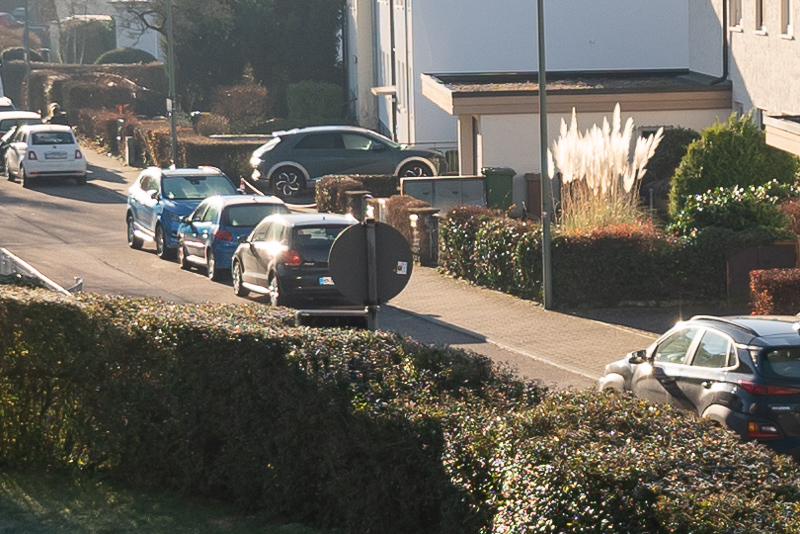
Conclusion
good
|
average
|
not good
|
There are many similarities to the Laowa 10mm 2.8 AF here, so I will also talk about the notable differences between these two lenses.
I surely think it is nice to have the f/2.8 option in a lens this wide, as it allows to take some handheld shots during the blue hour or indoors that would have otherwise been too noisy without a tripod. Peak performance in the corners is reached at f/11, which is a bit worse compared to the Laowa 10mm 2.8 AF.
As with almost all lenses this wide my main complaint is the high vignetting, which was to be expected and is part of the price to be paid for having a standard 72mm filter thread – as was already the case for the Laowa 10mm 2.8 AF.
I was a bit surprised to see this 12mm being released shortly after the 10mm. Going by the performance of the two samples I had, I think they perform very similar, but for some people the 10mm field of view might simply be too extreme and therefore this 12mm more appealing. As a mirrorless user I would also prefer this new 12mm to the older Laowa 12mm 2.8 designed for DSLRs.
buy from the manufacturer’s homepage | ebay.com | ebay.de | amazon.com | amazon.de | B&H (affiliate links) for $699
Alternatives
I will only cover the most obvious alternatives here but you can find many more being discussed in our Guide to Ultra Wide Angle Lenses for the A7 Series.
Laowa 10mm 2.8 AF:
I already compared these two lenses in most of the sections above. Their performance is very similar, the main difference is really the field of view. This 12mm lens is also $100 cheaper.
buy from manufacturer’s homepage, B&H, ebay.com (affiliate links) for $799
Laowa 9mm 5.6 FF-RL:
The difference in fied of view is huge, as I have shown at the beginning of this review. From f/5.6 onwards the performance is generally similar.
The benefits of the 12mm are AF and Exif readout, the f/2.8 maximum aperture as well as a lack of color cast and a normal 72mm filter thread. The 9mm is noticeably wider and smaller.
buy manufacturer’s homepage, B&H or ebay.com/ebay.de for $699 (M-mount) and $599 (E/Z/L-mount) (affiliate links)
Sony FE 12-24mm 2.8 GM:
If money, weight and size are no concern to you, this is currently the best 12mm 2.8 lens you can find – even though it is a zoom lens. In my review I hardly found any flaw with it – except for the aforementioned obvious ones.
buy from Amazon.com | Amazon.de | B&H | ebay (affiliate links) for $2998
Further Sample Images
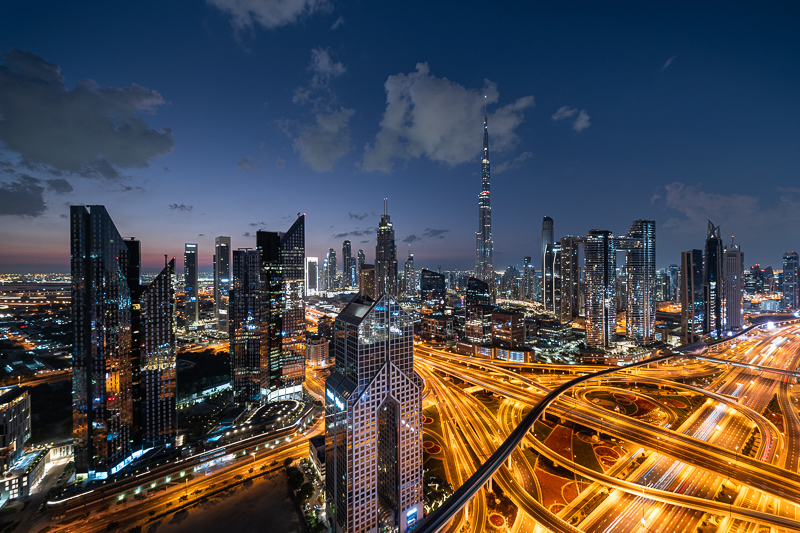
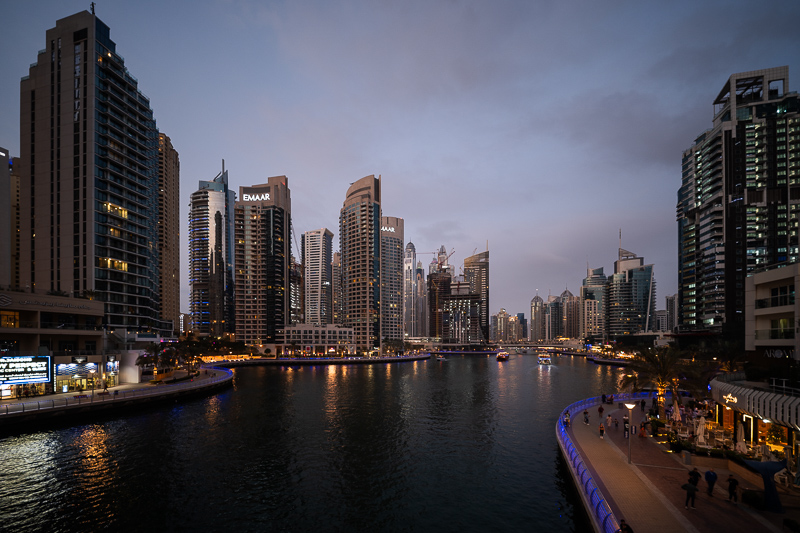
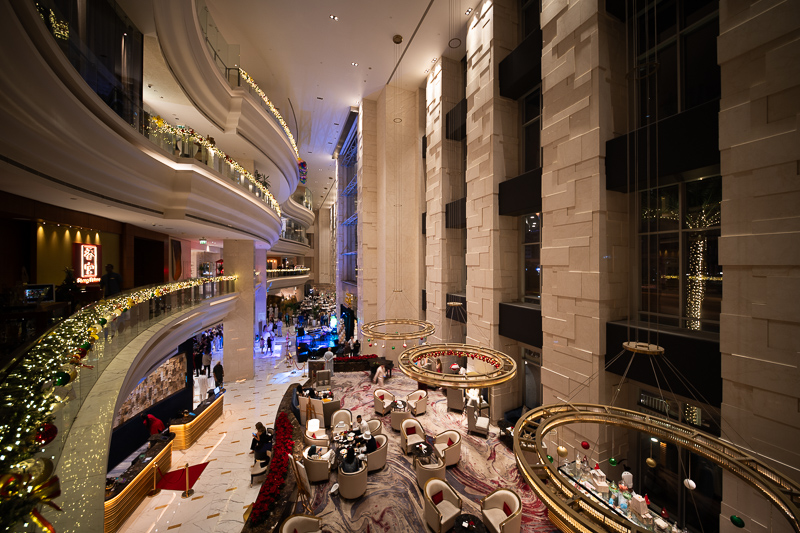
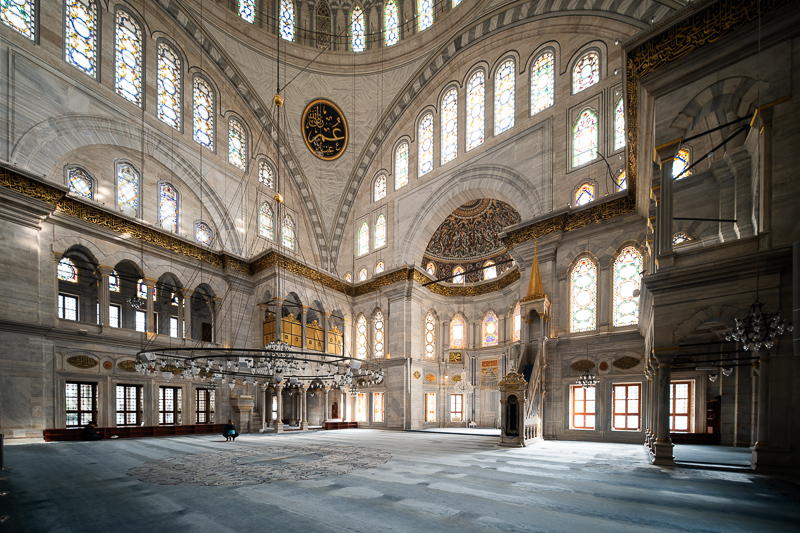
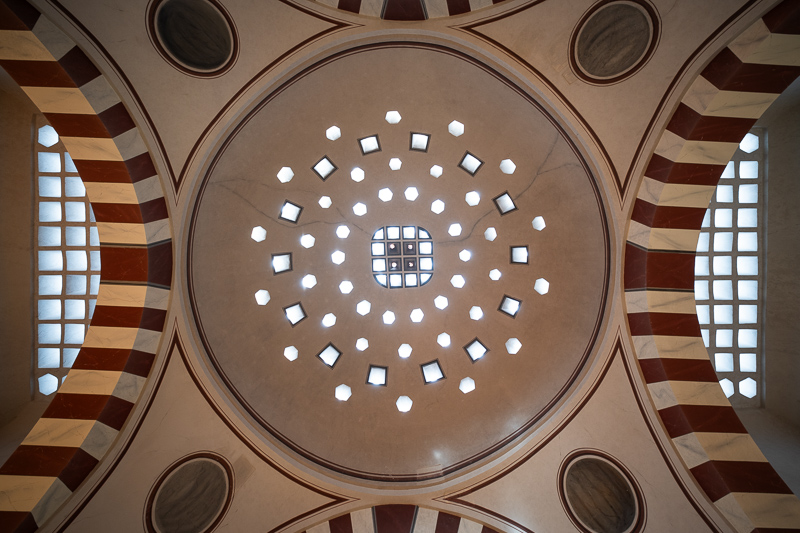
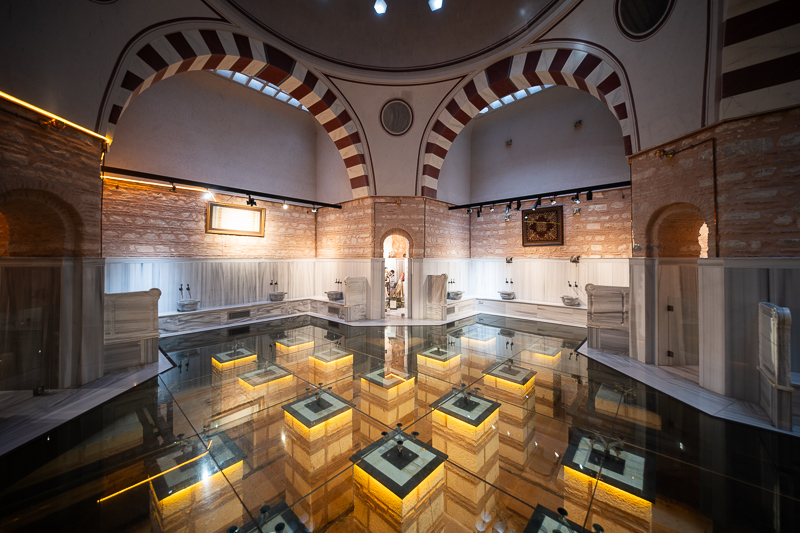
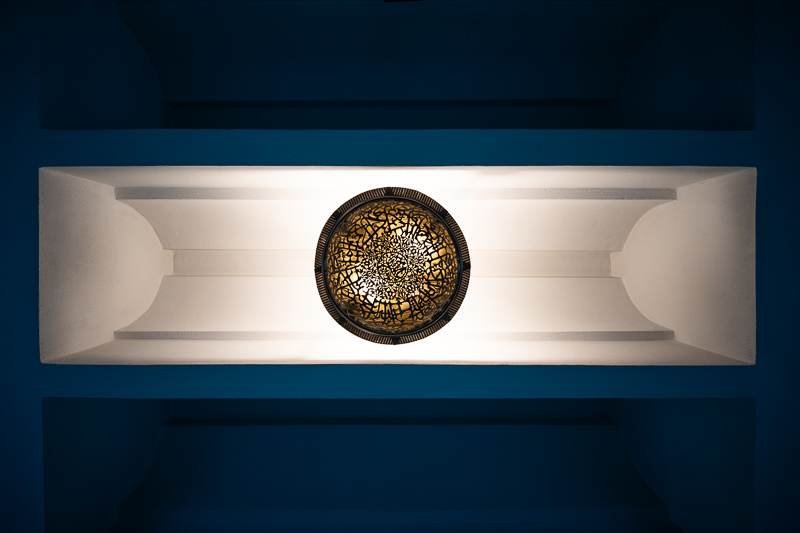

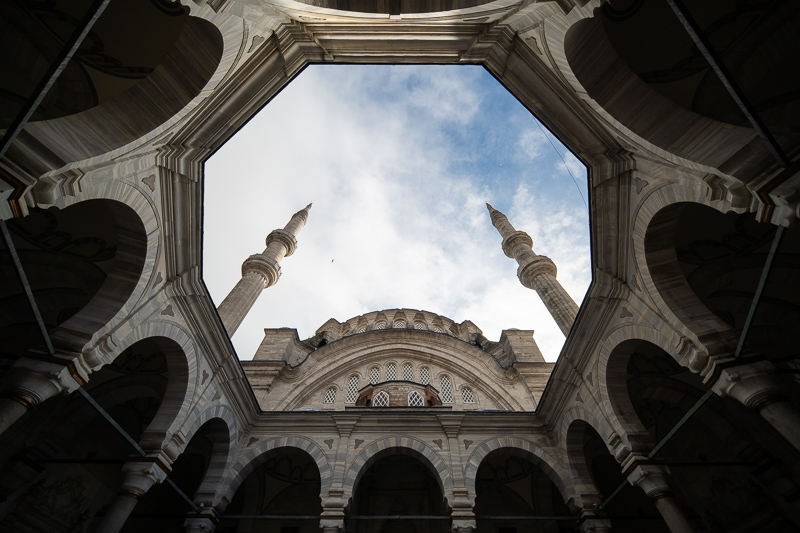
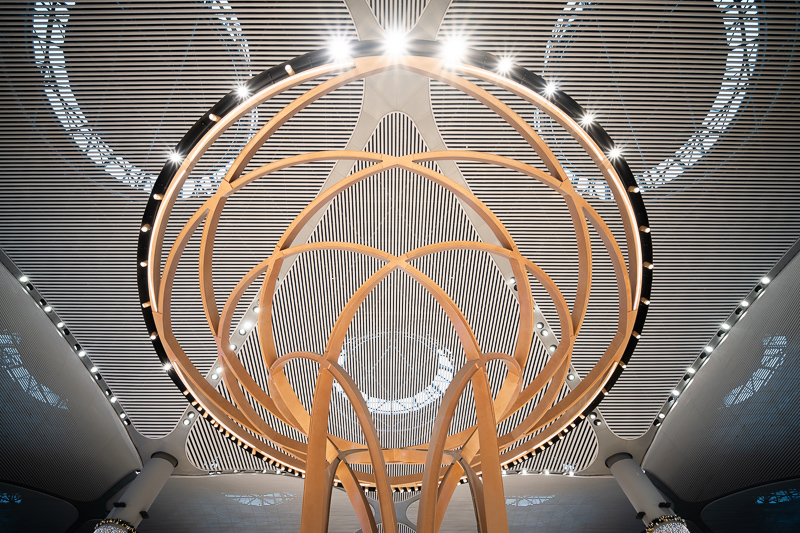
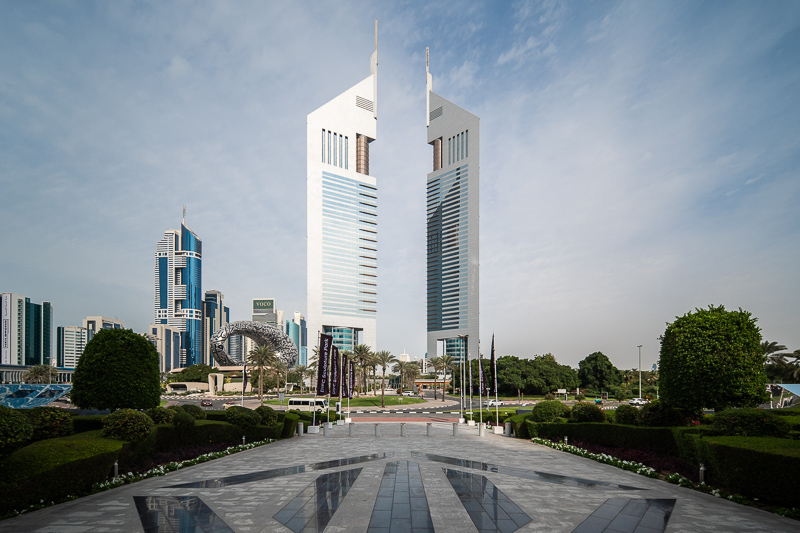
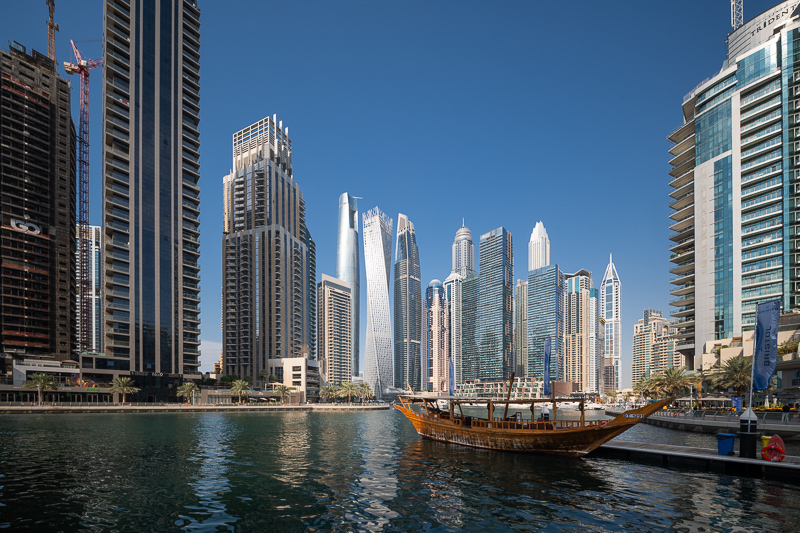
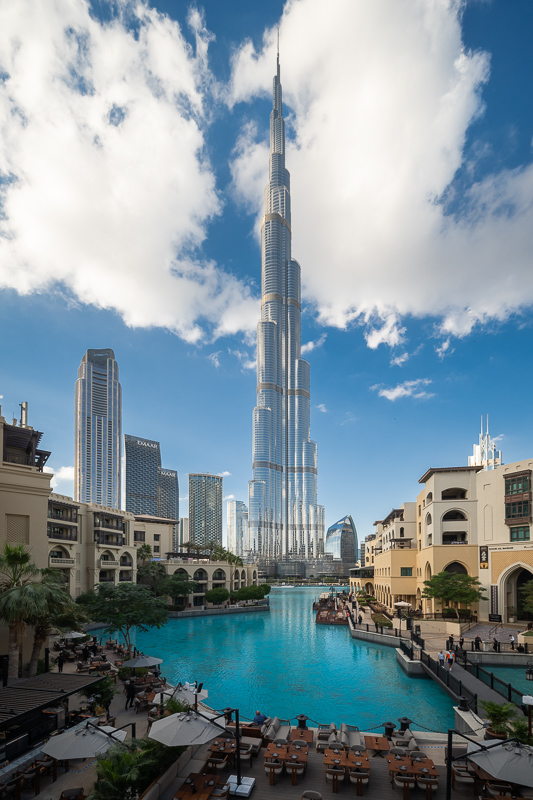
Many of the Sample images in this review can be found in full resolution here.
Further Reading
- Sony FE lenses: Our comprehensive and independent guide
- Review: Viltrox FE 16mm 1.8 AF
- Review: Sony FE 24mm 1.4 GM
- Review: Laowa 35mm 0.95
- Review: Sigma 105mm 1.4 Art
Support Us
Did you find this article useful or just liked reading it? Treat us to a coffee!
![]()
![]()
![]() via Paypal
via Paypal
This site contains affiliate links. If you make a purchase using any of the links marked as affiliate links, I may receive a small commission at no additional cost to you. This helps support the creation of future content.
Latest posts by BastianK (see all)
- Review: Nikon Nikkor 105mm 1.8 Ai-s - December 28, 2025
- 2025 – Year in Review - December 23, 2025
- Review: Sony FE 70-200mm 4.0 G Macro OSS II - December 20, 2025
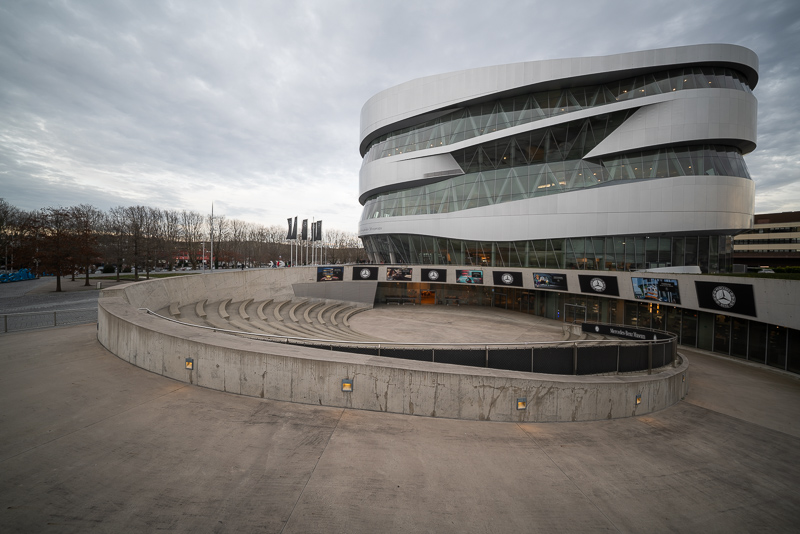
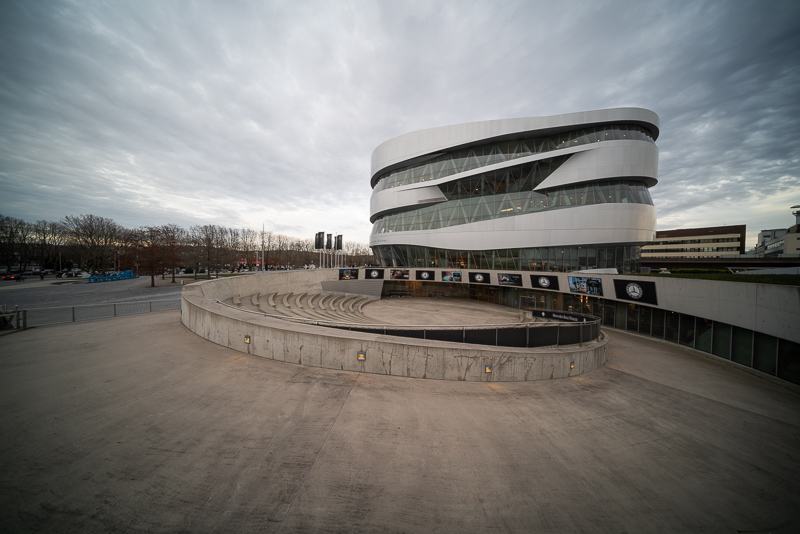



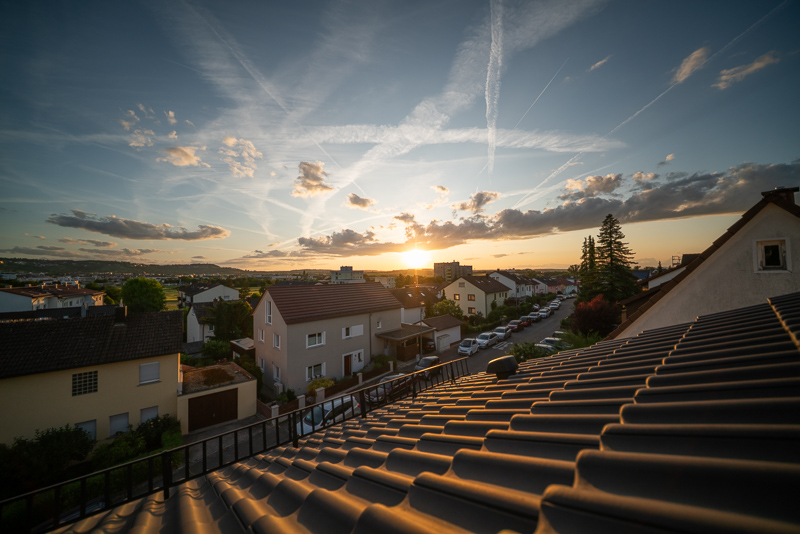
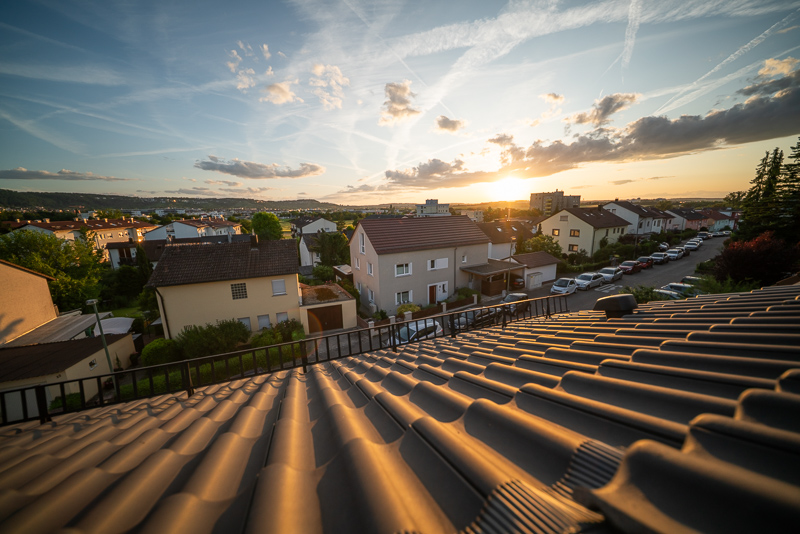
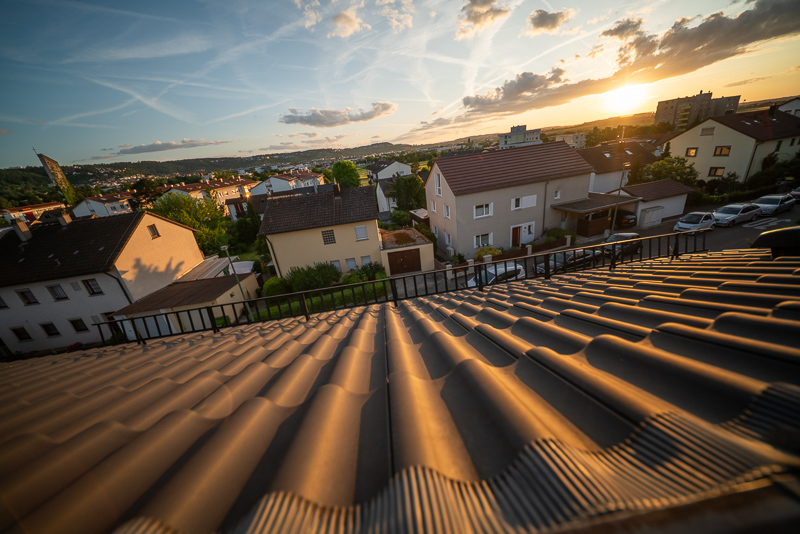
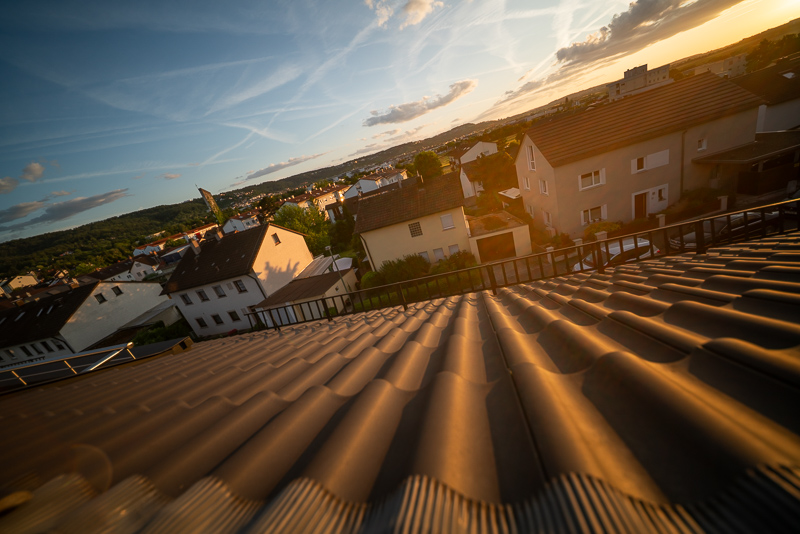
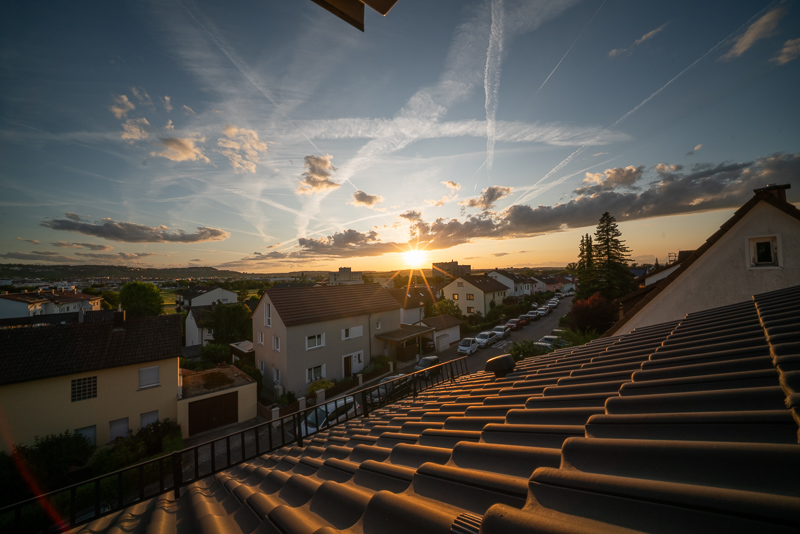
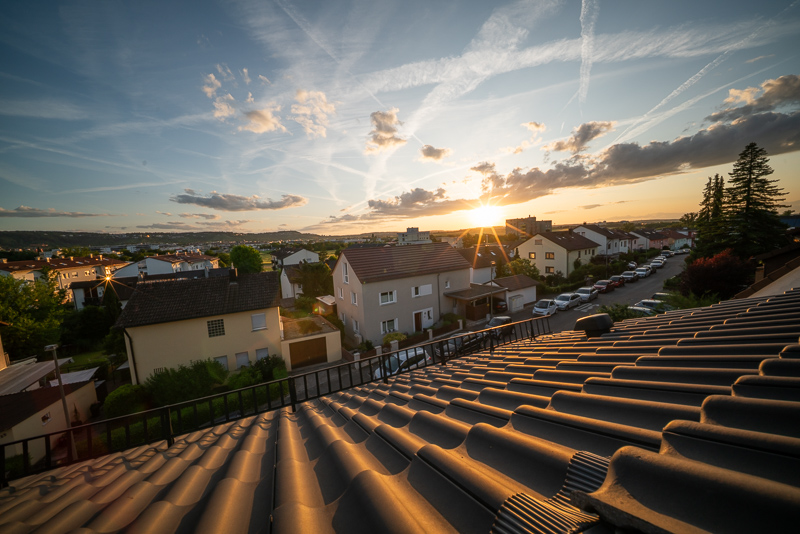
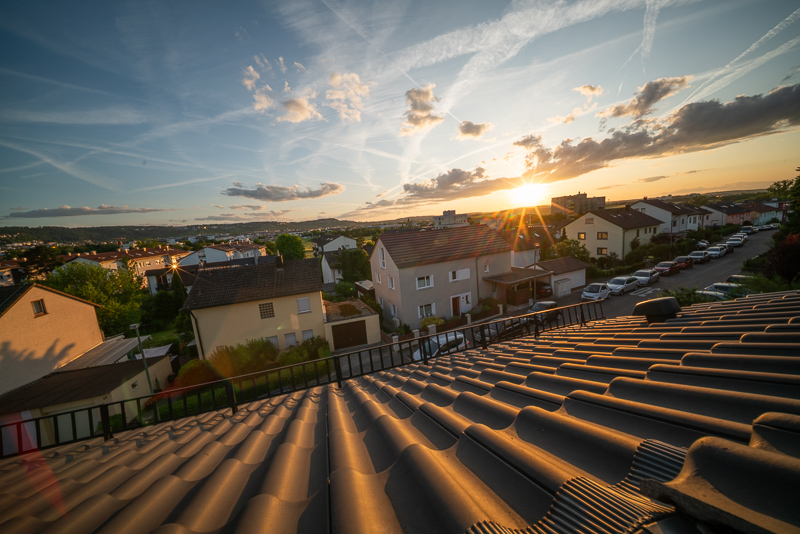
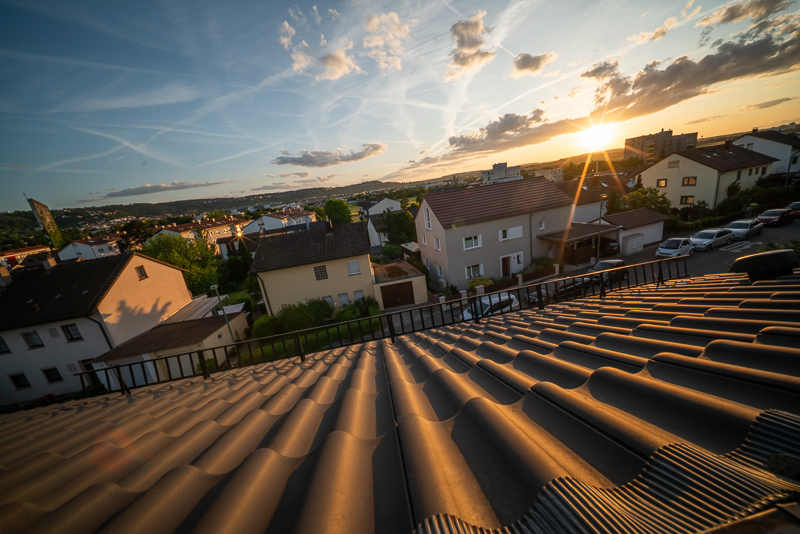
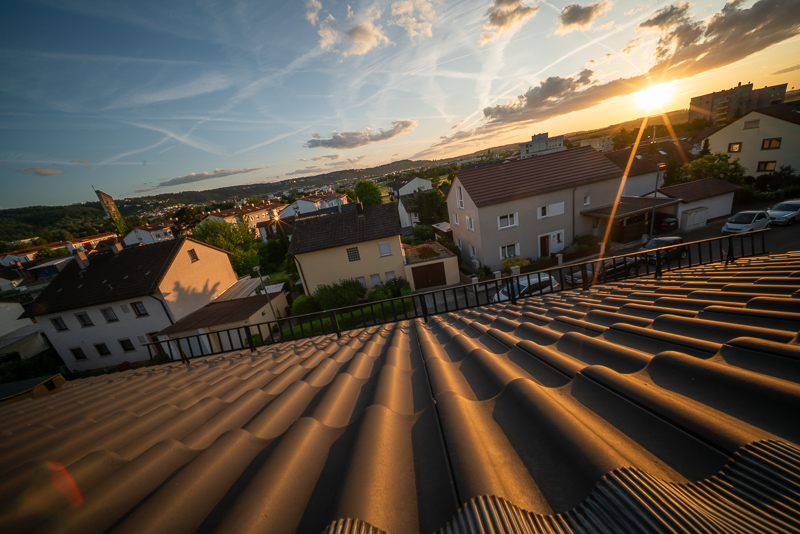
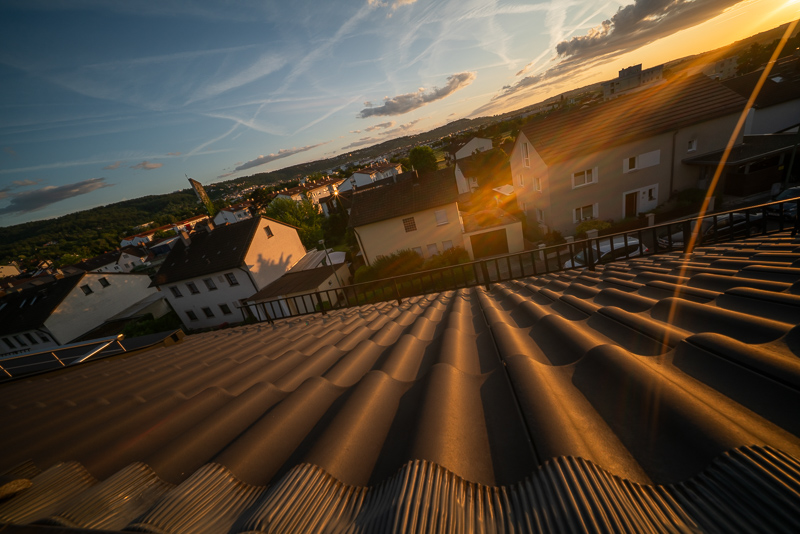
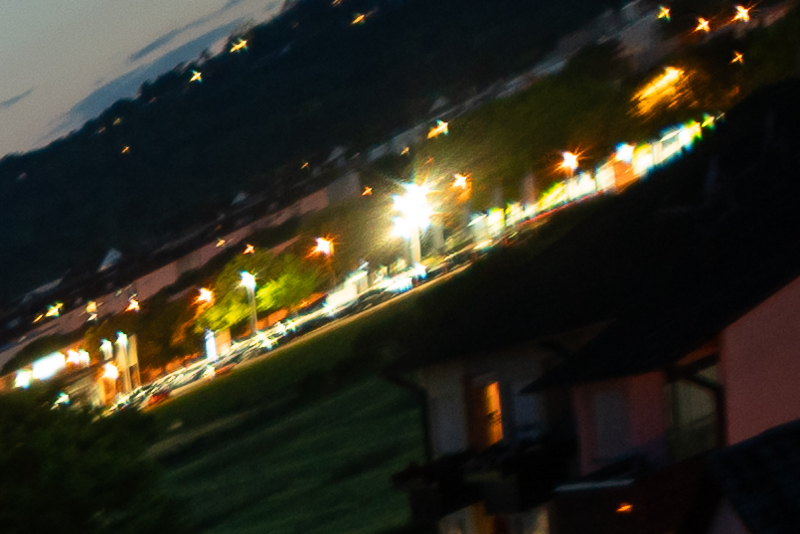
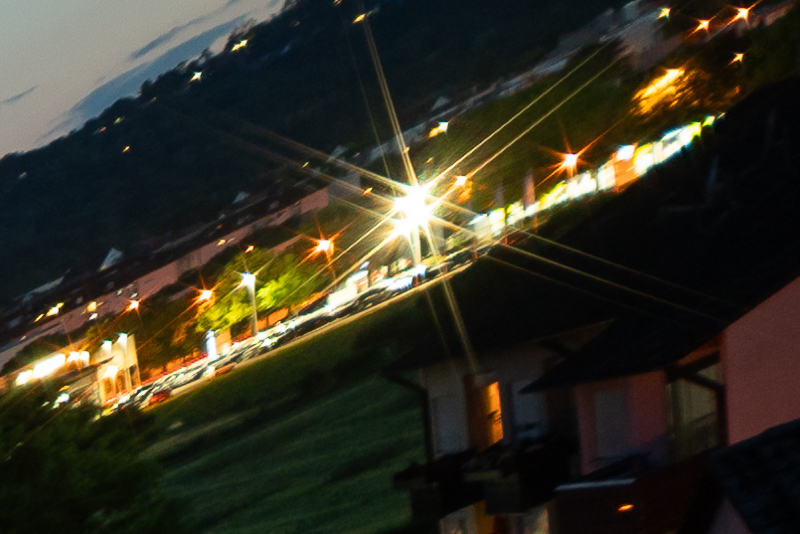
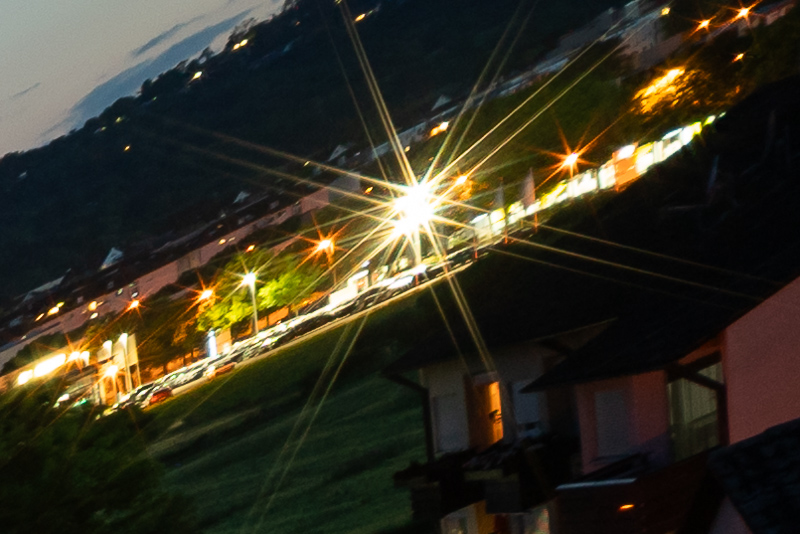
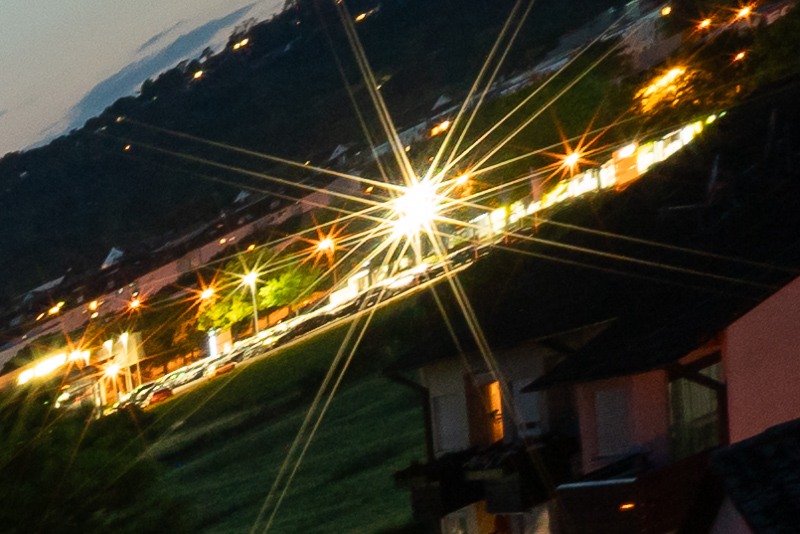
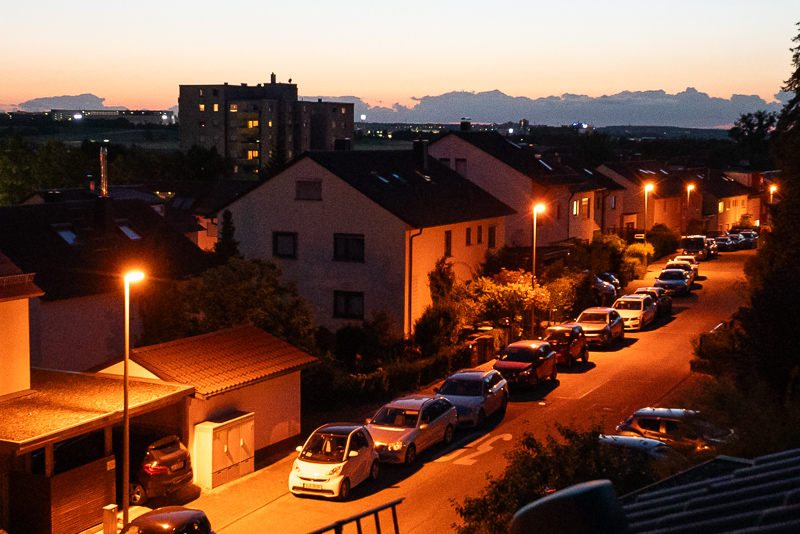
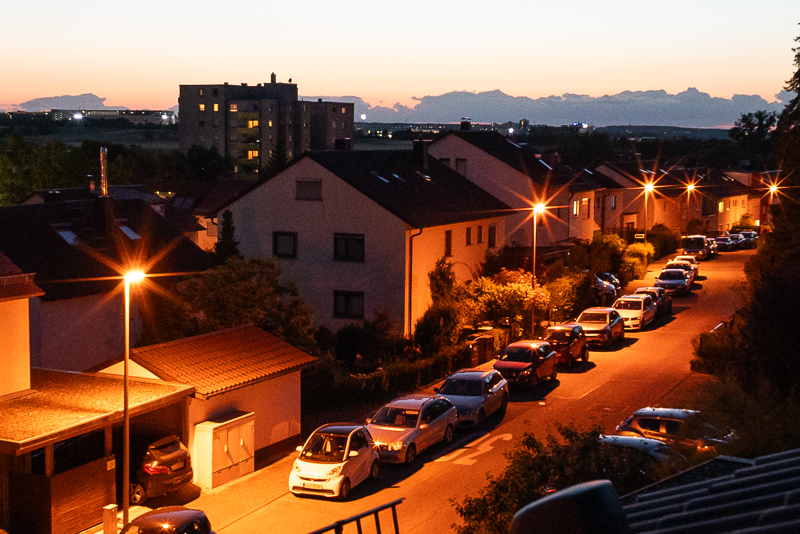


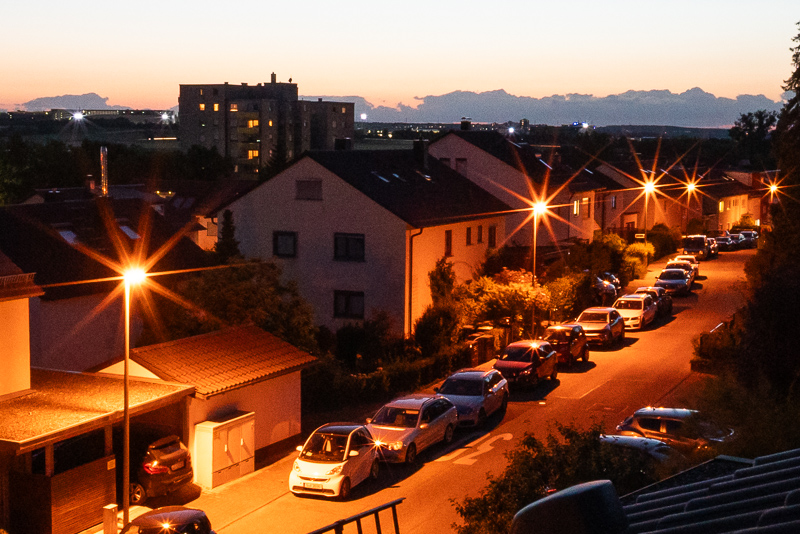
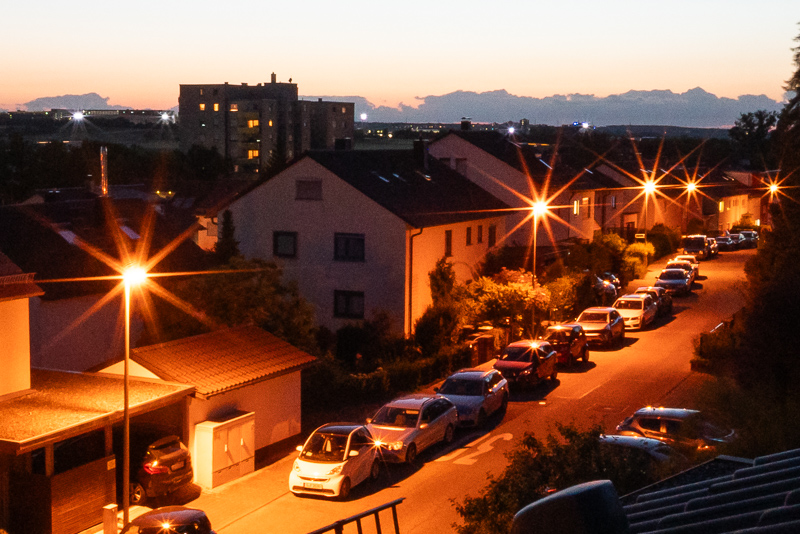
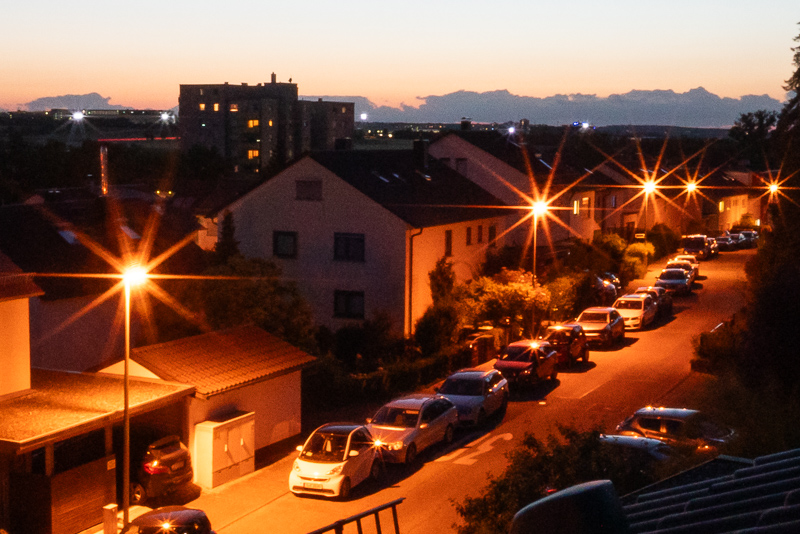
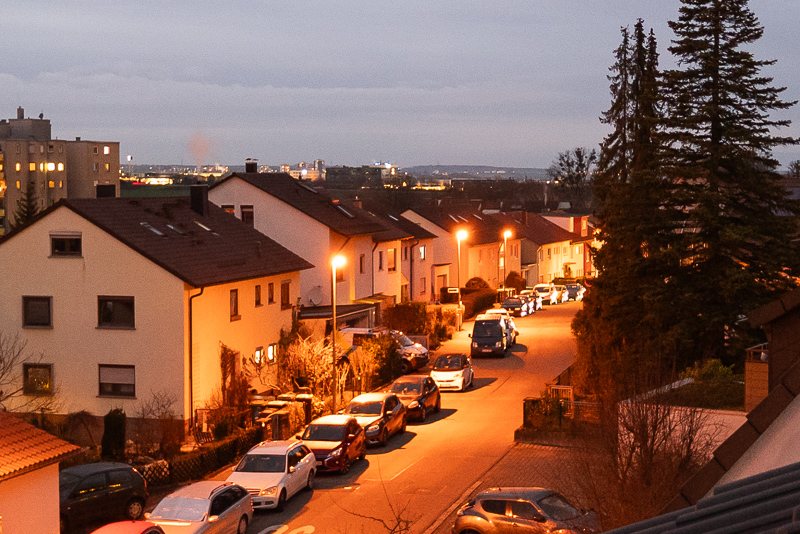
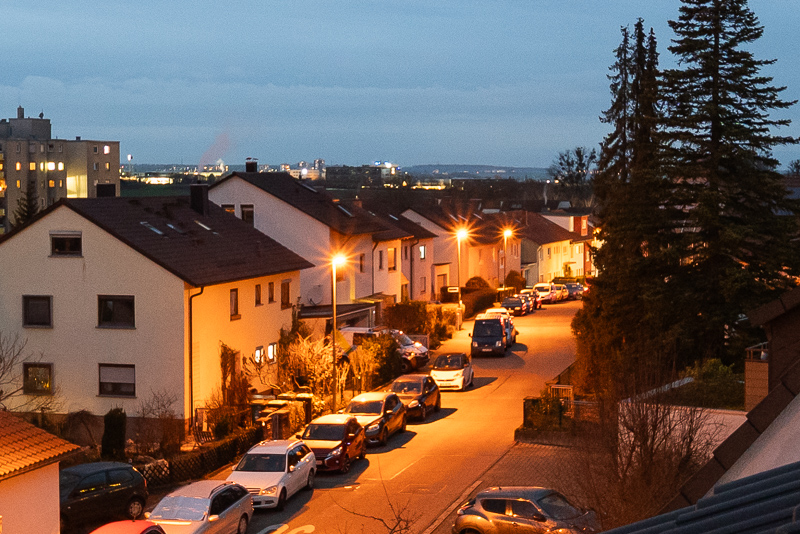
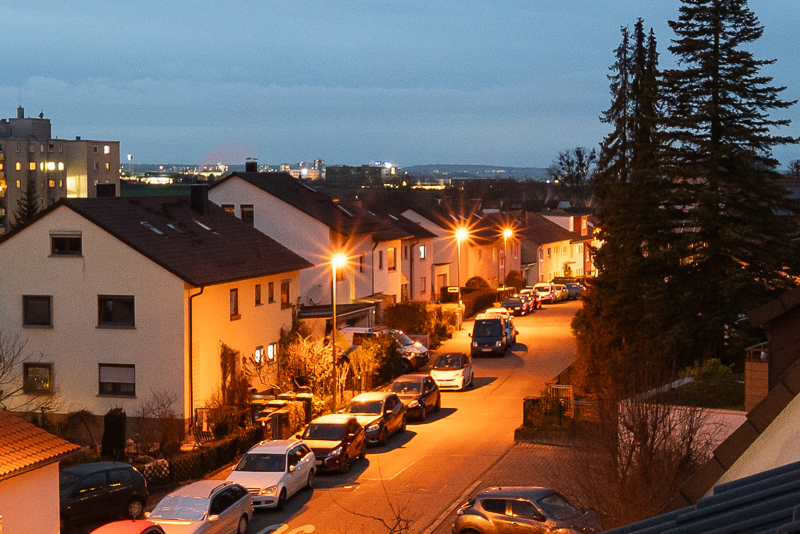
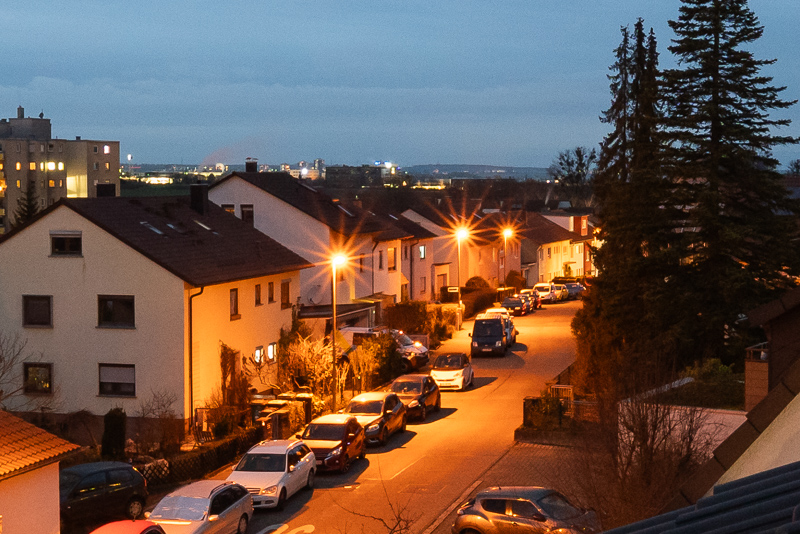
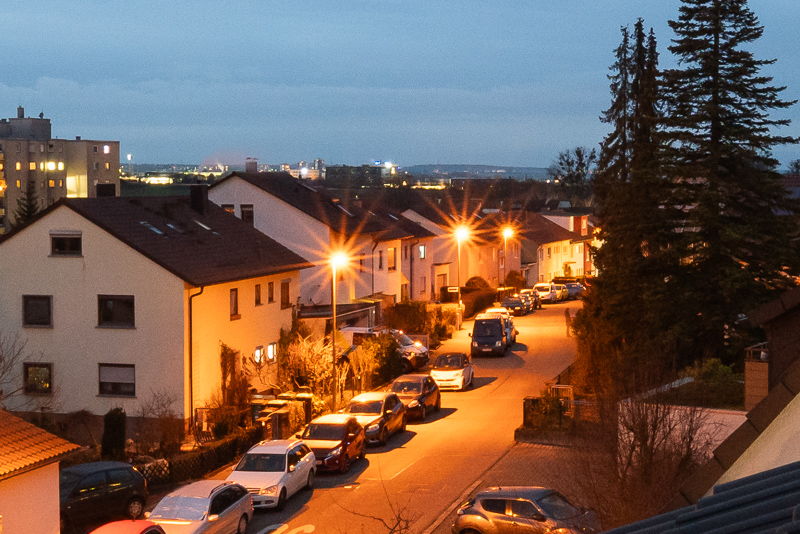
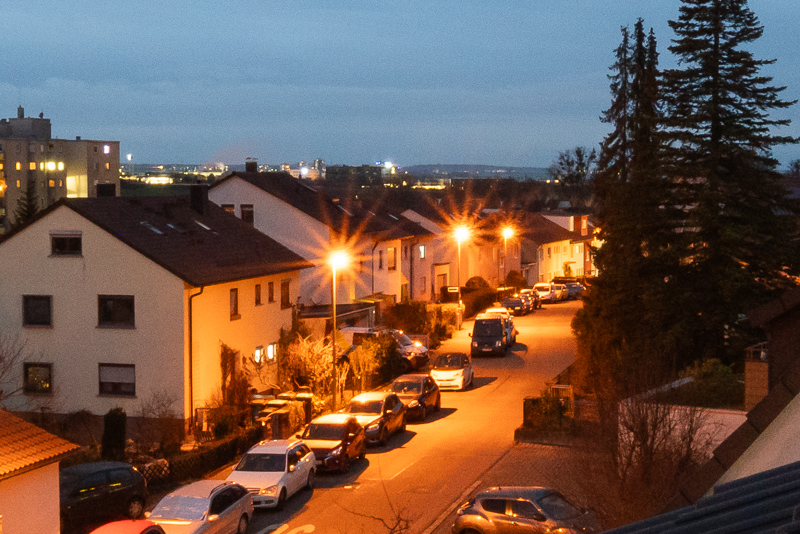
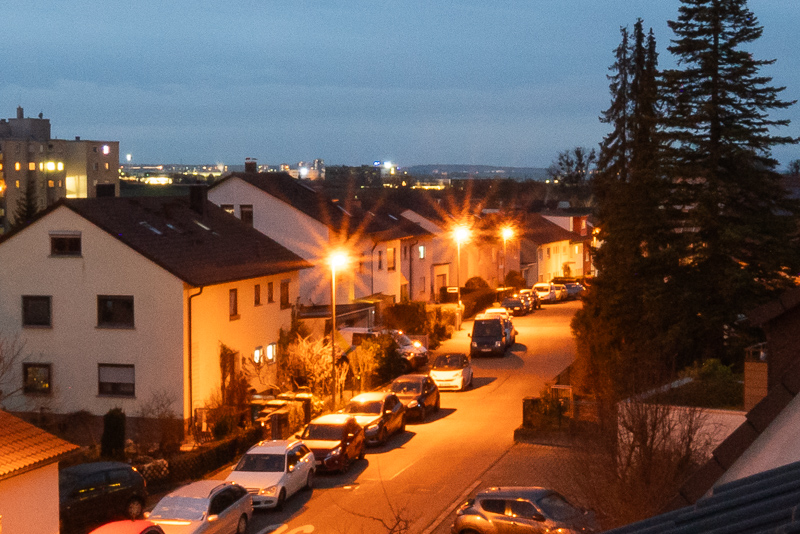
Is it just me, because the sample files are not in full resolution?
Flickr changed their policy, to download them in full resolution you need a pro account. You can still watch them in full resolution there though.
Thanks for the great review.
I think the unusual focus ring design is great.
A few days ago I rented out the 10mm which has the same design, for a video project.
Turns out, the focus ring’s original diameter is so big, it actually reaches below the level of the bottom of my camera (A7RV).
It does cause problems as the lens is very shortm if you want to put the camera on a gimbal for example their long baseplates would bump into the lens and either you wont able to tighten it properly to the camera or if you do, then the plate will apply a constant force on the lens and lens mount.
But if you turn the ring with the flat side looking down, you will be able to mount it without a problem (you just lose the ability to manual focus ofc course)
Thank you for the quality review as always, Bastian!
Perhaps a stupid question, but: the shots in Flare Resistance section, were those taken with the hood on or off? Does the hood make any difference?
That short hood makes no difference.
As additional information: the hood can only help if the sun is outside the frame and here only long hoods can make a difference.
For ultra wide angle lenses I rarely found hoods to make any difference at all.
For fast wide angle lenses (35mm 1.2, 28mm 1.4) I often use them if I found out in my testing they make a difference (this is usually mentioned in the review).
I think Laowa aps-c 9mm f2.8 is the same as F.F. 9mm f5.6, wouldn’t be surprised if optical design is inherited to 12mm. I have tested aps-c 9mm lens in F.F., results are here https://www.flickr.com/photos/hans-nx/albums/72177720326946065/
Thanks for interesting reading !
No it is not.
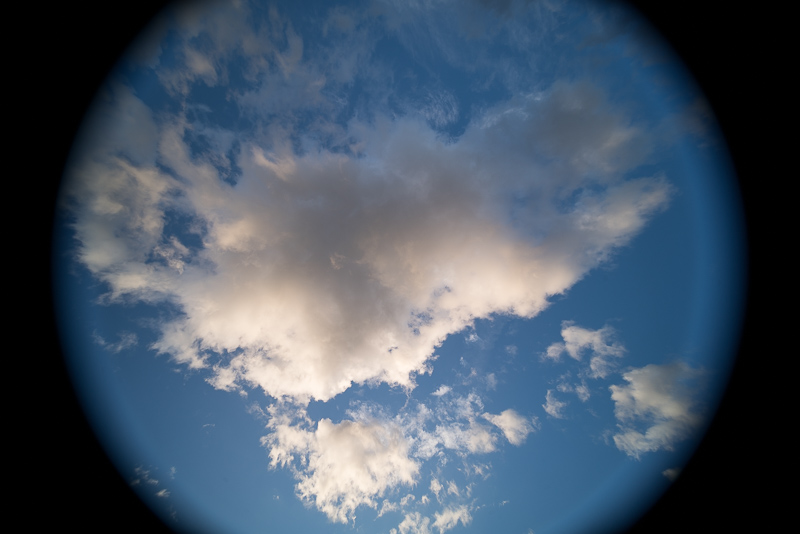
I have the feeling your camera was set to APS-C mode. Maybe you should double check.
The 9mm 2.8 on fullframe looks like this:
damn, that’s right. Sorry!
Really nice images, Bastian! It was a pleasure to go through them. As for the lens, it looks good enough to warrant consideration. I only wish they didn’t switch to AF with their ultra wide lenses. I don’t want/need it for the typical application, plus there is added concern about the longevity. A bit smaller (not that the size is an issue anyway), metal cased MF lens would just more attractive to me. But I’m ready to make compromises when the performance/price ratio is satisfying. I doubt that the cine version would feel better in hand, especially with declicked aperture ring.
We’re really spoiled for choice these days (unlike with cameras which go more expensive with each iteration).
You might have not seen it, but also manual focus versions are available 🙂
I wasn’t aware. I figured they switched completely. Cool!
Unfortunately, it seems that they offer MF versions only for Canon RF and L mount. I suppose they weren’t allowed to create AF versions for those systems and this was their solution. At least according to what’s available on their site.
Quote: The 5-blade version is available for: AF Sony E, AF Nikon Z, MF Canon RF, and MF L mounts.
Same goes for 10mm lens.
Now who’s luckier, Sony and Nikon camera owners, or Canon and L mount users, I guess that’s debatable.
Maybe look again.

Ah, I assumed that was the cine version you mentioned in the review, because of the 14 blades. Dumb me. But it’s 40 degrees where I am right now, so I’ll use it as my excuse for being a bit slow. 🙂
Thanks Bastian.
Great review Bastian, as always. I have the 10mm manual focus version in E mount and have been very happy with the performance for both landscape and astro. It seems Laowa has gone away from M mount with these newer AF versions, though I think they could easily make them in M, as they are still offering manual focus versions. Has there been any information regarding their current feelings on M mount and/or possible insight into the reason they have changed course?
I haven’t heard anything about that.
I am not sure how big the M-mount market is when it comes to these ultra wide angle lenses though.
As Laowa offers the 9mm 5.6, 11mm 4.5, 14mm 4.0, 15mm 2.0, 15mm 5.0 and 12-24mm 5.6 as M-mount lenses I guess they have an idea based on their sales numbers.
Thanks Bastian. I agree, Laowa probably have a good idea of potential sales volume for each mount, so that could be driving their decision making. You can bet they also know that one M mount lens can adapt to all the other systems, so they may be considering that, as well.
I see that they are offering PL mount cine versions of the new 10 & 12mm lenses, so it’s definitely not a technical or engineering problem that would preclude making an M mount version.
I am very undecided on whether to get the 10mm or the 12mm Laowa 2.8 AF.
I feel as if 12mm is wide enough, and that 10mm is verging on too wide, and making centre objects appear too far away in image.
Also, am I correct by examples in these reviews that the 12mm looks slightly sharper in most areas of image, especially at 2.8?? despite what the MTF curves show.
Sharpness looked very similar to me, it should not be the deciding factor.
Any drastic difference in vignetting between the 12mm and the 10mm?
No.